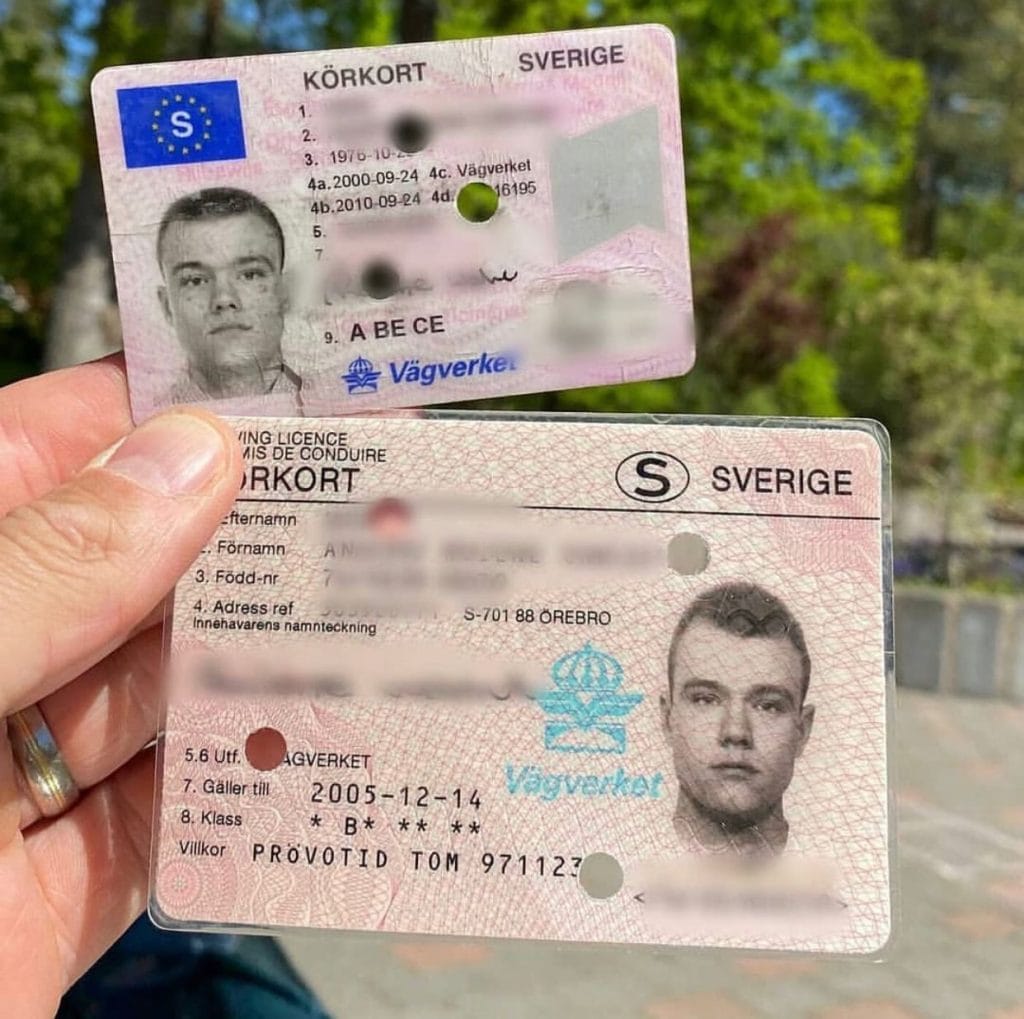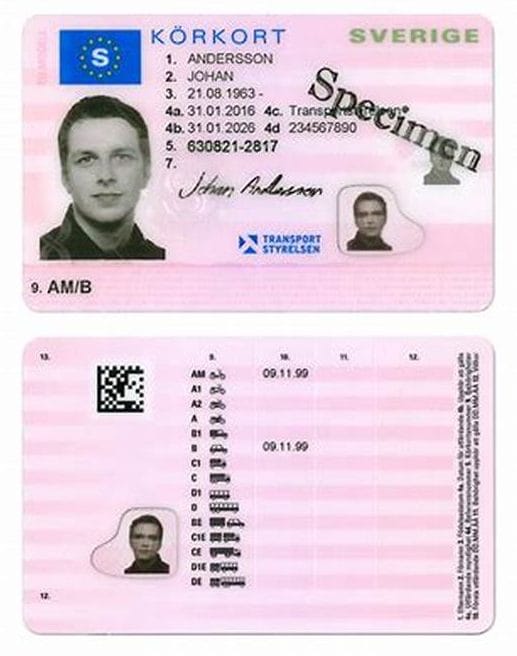
7
апреляHow To Identify The Buy Driving License That's Right For You

The Comprehensive Guide to Legally Obtaining a Driving License
Driving is a fundamental ability for numerous, providing the liberty to take a trip where and when you want, typically making life easier and enjoyable. Nevertheless, obtaining a driving license is a procedure that requires understanding, patience, and adherence to legal procedures. This guide aims to offer a comprehensive overview of the steps one need to follow to legally acquire a driving license, highlighting important considerations and regularly asked questions to guarantee a smooth and problem-free experience.
Understanding the Basics
Before diving into the application process, it's essential to understand the basic requirements and types of driving licenses offered. Driving laws vary considerably from nation to country, and even within various states or provinces within the exact same nation. Usually, there are a number of types of driving licenses, consisting of:

- Learner's Permit: This is often the initial step while doing so, permitting new motorists to gain experience under supervision.
- Provisionary License: Issued after passing a standard driving test, this license typically comes with constraints and is a stepping stone to a full license.
- Full Driver's License: Once all the needed requirements are met, motorists can get a full license, which offers total driving benefits.
- Business Driver's License (CDL): Required for those who want to run commercial cars, such as trucks or buses.
Steps to Obtain a Driving License
1. Research Local Driving Laws
The initial step in getting a driving license is to investigate the particular requirements in your area. Go to the main website of your local Department of Motor Vehicles (DMV) or comparable agency to discover detailed info about the licensing procedure, consisting of age restrictions, needed documents, and costs.
2. Prepare Required Documentation
Each jurisdiction has its own set of documents that need to be sent to request a driving license. Commonly needed documents consist of:
- Proof of Identity: A passport, birth certificate, or state-issued ID.
- Evidence of Residency: Utility bills, lease agreements, or other main documents that validate your address.
- Social Security Number (if applicable): In some nations, a social security number or equivalent is needed for recognition.
- Vision Test Results: Some locations need a vision test before providing a learner's permit or license.
3. Take a Driver's Education Course
Many states and countries require new motorists to finish a driver's education course. These courses are developed to teach the guidelines of the road, traffic laws, and safe driving practices. They can be completed online or in a classroom setting and typically consist of both theoretical and useful parts.
4. Make an application for a Learner's Permit
As soon as the required paperwork is prepared and the driver's education course is completed, the next step is to obtain a student's permit. This normally includes going to the DMV or sending an application online. You will likewise need to pass a written test that covers traffic laws and driving understanding.
5. Practice Driving
With a student's permit, you can begin practicing driving under the supervision of a licensed adult. This is an important action in building your self-confidence and abilities behind the wheel. It's likewise crucial to acquire experience in different driving conditions, such as night driving, highway driving, and driving in severe weather condition.
6. Arrange and Pass the Driving Test
After getting adequate driving experience, you can set up a driving test with the DMV. The test will assess your capability to securely run a car and follow traffic laws. You will require to bring an effectively signed up and insured automobile to the test, and the examiner will assess your driving skills on a predetermined path.
7. Make an application for a Provisional License
If you pass the driving test, you will typically get a provisionary license. This license may include limitations, such as a curfew or a limit on the number of travelers you can have in the car. These constraints are created to reduce the threat of accidents and assist new drivers accustom to the roadway.
8. Update to a Full License
When you have actually held a provisionary license for the required period and satisfied any extra requirements, you can upgrade to a full driver's license. This procedure typically involves a basic application and might need a retest or extra paperwork.
Tips for a Successful Application
- Start Early: Begin the process as quickly as you meet the age requirement to offer yourself adequate time to prepare.
- Stay Informed: Keep current with any changes in driving laws or DMV procedures.
- Practice Regularly: Consistent practice is crucial to constructing confidence and improving your driving skills.
- Stay Calm During the Test: Anxiety can impact your performance, so take deep breaths and remain focused.
- Follow DMV Instructions: Pay attention to the directions supplied by the DMV and the examiner throughout your test.
Often Asked Questions (FAQs)
Q: What is the minimum age to obtain a student's permit?
A: The minimum age varies by jurisdiction. In the United States, it usually ranges from 15 to 16 years of ages. In the UK, the minimum age is 17. Inspect your local DMV website for specific information.
Q: Can I look for a driver's license online?
A: Some jurisdictions allow you to finish parts of the application procedure online, such as submitting kinds and scheduling tests. However, you will usually need to go to a DMV office personally to send needed documents and take the driving test.
Q: What takes place if I fail the driving test?
A: If you fail the driving test, you can normally retake it after a certain duration. This period differs by area, however it is typically a few weeks. It's a great idea to practice more before retaking the test to improve your possibilities of success.
Q: Can I drive alone with a learner's permit?
A: No, a student's license usually requires you to be accompanied by a licensed adult, normally over 21 years of ages, who is seated in the front passenger seat.
Q: Is a vision test required to get a driving license?
A: Yes, the majority of jurisdictions need a vision test to make sure that you can securely run a lorry. You can usually take this test at the DMV or with an authorized optometrist.
Q: How long does it require to get a full driver's license?
A: The time needed to get a complete driver's license varies depending on your jurisdiction and the specific steps included. Typically, it can take a number of months, consisting of the time required to complete a driver's education course, hold a learner's authorization, and pass the driving test.
Q: Can I use a provisionary license to drive for work?
A: It depends on the limitations positioned on your provisional license. Some provisionary licenses permit you to drive for work, while others may have particular constraints. Examine your license for information or call the DMV for information.
Q: What is the difference in between a student's license and a provisional license?
A: A student's license is the very first stage of the licensing process and allows you to drive only under supervision. A provisionary license, on the other hand, grants you more driving opportunities but might still have some constraints, such as a curfew or passenger limits.
Q: Can I get a commercial driver's license (CDL) without a complete driver's license?
A: Köpa taxilicens Körkort vårt Köpa C Körkort-köpa svenskt körkort Göteborg; Going to Ejobs 1, No, you normally require a complete driver's license before looking for a CDL. A CDL is a specific license that needs extra training and testing, and it is only issued to those who have demonstrated the capability to safely run a standard automobile.
Q: What should I do if I lose my driving license?
A: If you lose your driving license, you need to report it to the DMV and request a replacement. You might need to provide evidence of identity and pay a fee. It's likewise a good idea to inform your insurance provider and any other appropriate parties.
Acquiring a driving license is a significant milestone that opens new chances and increases self-reliance. By following the actions outlined in this guide and staying informed about regional laws and requirements, you can guarantee a smoother and more effective licensing process. Keep in mind that driving is a serious obligation, and making the effort to find out and practice is vital for your security and the safety of others on the road.
Отзывы